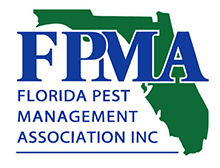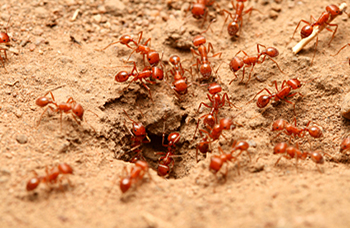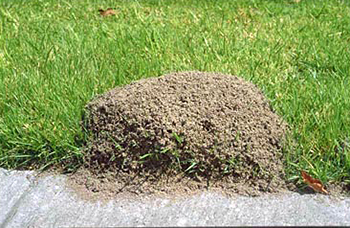Red Imported Fire Ants
Red imported fire ants nest in soil and build mound nests. They can infest garages. Red imported fire ants will build their nest mounds outdoors in landscape areas or near a structural foundation. The ant will gain entry to a building through holes or cracks.
The sting of a red imported fire ant is painful and often results in a raised welt that becomes a white pustule. Often, a person stung by a red imported fire ant receives multiple painful stings from more than one of the ants. Persons allergic to insect stings will react more severely.
Red imported fire ants and their telltale mound nests should be actively avoided. To prevent entry into a structure, seal all internal and external cracks and crevices.
Odorous House Ants
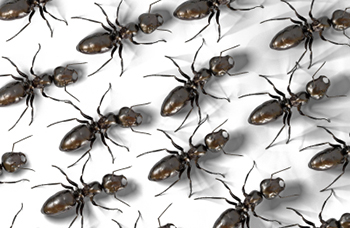
This ant gets its name from the strong, rotten coconut-like smell it gives off when crushed. These tiny insects range in size from one-sixteenth of an inch to one-eighth of an inch long. Typically living for several years, these ants make their homes in exposed soil and wall voids.
Eliminate standing water. Pests such as odorous house ants are attracted to moisture. Keep tree branches and other plants cut back from the house. Sometimes pests use these branches to get into your home. Make sure that there are no cracks or little openings around the bottom of your house. Odorous House Ant of your house. Sometimes pests use these to get into your home. Make sure that firewood and building materials are not stored next to your home. Pests like to build nests in stacks of wood.
Ants can enter through even the tiniest cracks, seeking water and sweet or greasy food substances in the kitchen pantry or storeroom areas.
Carpenter Ant
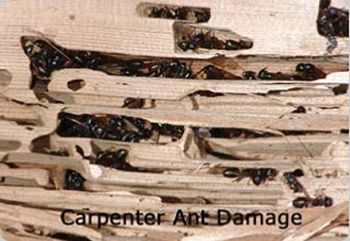
Carpenter ants get their name because they excavate wood in order to build their nests. Their excavation results in smooth tunnels inside the wood. Carpenter ants range in size from one-quarter inch for a worker ant to up to three-quarters inch for a queen.
All species mainly attack wood that is or has been wet and damaged by mould. Even though these ants first invade wet, decayed wood, they may soon begin building paths through dry, undamaged wood. They usually come into buildings through cracks around doors, windows, or through holes for wires. They will also crawl along overhead wires, shrubs, or tree limbs that touch the building far above the ground.
Carpenter ants build their nests outdoors in various wood sources, including tree stumps, firewood or landscaping. They need a constant water source to survive. They will enter homes through wet, damaged wood.
Because carpenter ants require a water source, eliminate sources of moisture or standing water. Keep tree branches and other plants cut back from the house. Sometimes pests use these branches to get into your home. Make sure that there are no cracks or little openings around the bottom of your house. Sometimes pests use these to get into your home. Make sure that firewood and building materials are not Carpenter Antstored next to your home. Many pests like to build nests in stacks of wood.
So, remember, carpenter ants damage wood through their nest building. If they gain entry to a structure, they pose a property threat.
Continuous, Long-Term Protection for Your Home - And Your Peace of Mind
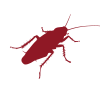
Pest Control Services
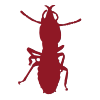
Termite Treatment
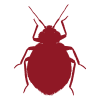
Bed Bug Treatment

Rodent Control
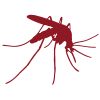
Mosquito Control
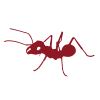
Ant Control
WHAT WE CAN DO FOR YOU
- Personalized excellent "live" customer service.
- Minimize your pest problem for good.
- Increase the value to your business.
- We are State Licensed. Bonded & Insured - saves you money
- We are a local, family-owned business with a wide range of experience devoted to sustainable environmental health
- Monthly, quarterly, yearly special services as needed
PEST CONTROL SERVICES INCLUDE
- Identification and treatment for the existing pest problem We will visit your home to determine the extent of your current pest infestation and locally treat infested areas.
- Perimeter treatment On our first visit, we will perform interior and exterior perimeter treatments to prevent further infestation.
- Quarterly treatment thereafter, we service your home every 3 months including an exterior perimeter treatment.
- Customized services available including monthly and yearly treatments.
WHO WE ARE
Shumaker's Pest Control is a family-owned company utilizing the best practices in the industry and exceeding each of our client’s expectations by providing exceptional quality and personal service.
We would welcome the opportunity to earn your trust and deliver you the best service Shumaker's Pest Control has to offer.
PROFESSIONAL ASSOCIATIONS

